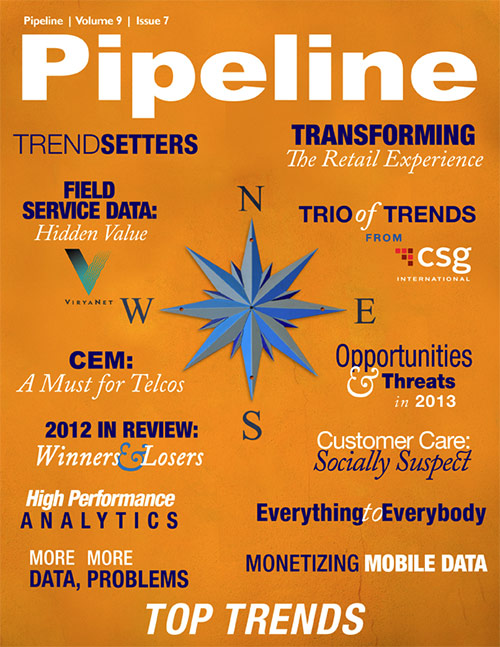2012 in Review: Winners and Losers
BYOD
Weâve written about the importance of the BYOD trend in the enterprise space in 2012. Itâs clear that the pattern of allowing employees to use their own devices for work purposes has many upsides and will continue to grow. A recent survey by Citrix estimates that by next year 94 percent of companies expect to have some kind of BYOD policy in place.
Among handset manufacturers this move has a number of notable winners, including Apple and Samsung. RIM, that darling of enterprise IT departments for so many years, is obviously the big loser, though thatâs just another challenge for Team Blackberry.
But what about on the IT side? One big winner includes security vendors, who have an opening to meet the massive demand for appropriate software to ensure that sensitive company data isnât made vulnerable on every employeeâs iPhone between rounds of Fruit Ninja and photos of a weekend on the town. The same goes for policy control vendors, who have an increasingly relevant role in ensuring that personal handset usage is kept separate from professional usage.
While the impact on wireless providers isnât wholly positive â it may mean fewer devices â there are hidden nuggets of good news. BYOD security policies may not allow for jailbroken devices, for example, meaning enterprises can help keep subscribers on the straight and narrow.
Innovation
I confess that this trend is a little bit of a cop-out in some ways. I mean, when isnât innovation a trend? However, itâs worth mentioning with 2012 in mind because of who was doing the innovating.
âIf I had to name a loser it might be innovation,â says Stratecastâs Nancee Ruzicka. âWith all the acquisitions and consolidation into mega-OSS/BSS platform providers, the question begs, âWhere does the innovation come from?ââ
The answer, as she frames it, is a slightly surprising one: the CSPs are driving a new era of collaborative innovation.
In this new era, telecom labs are not walled-garden ventures. âAT&Tâs connected device labs are called the AT&T Foundry and are partnerships with vendors,â says Ruzicka. Itâs a culture of enabling external innovation rather than attempting to create it from scratch or buy it directly.
â[CSPs] donât have a very good track record of acquiring solution providers, but some of their recent VC activity might prove more promising,â she adds. âTelstra is doing some VC work, and the AT&T Foundry is sort of a VC once removed.â Ruzicka notes that there are similar rumblings from operators across the industry. Itâs an âinvestâ rather than âinventâ formula for driving innovation, and the winners in this scenario include the CSPs, the consumers and the developers of applications and other solutions who can nestle under the wing of massive CSPs with an eye for innovative thinking. (You can read more of our thoughts on âincumbent innovationâ here.)
M2M
With some trends itâs still too early to determine whoâs winning and whoâs losing except in the broadest strokes. Take M2M, for example. Itâs clear that it will make money for someone, but it still seems too early to tell precisely whoâll be cashing those checks.
On the surface, operators seem like the most obvious beneficiary, as each parking meter and coffee pot has the potential of being a little subscriber, allowing a growth in overall revenue that defies the limitations of a relatively fixed number of human consumers. However, a recent ABI Research report suggests that while M2M connectivity is the low-hanging fruit, it may only represent 10 to 30 percent of the overall M2M value chain, depending on which carrier you examine and where in the world youâre looking. The balance of the M2M market â which, according to ABI, will reach $31 billion by 2016 â will be made up of various value-added services, including a big chunk for application development, provisioning, monitoring, system integration, and lots of other communications IT functions that traditional OSS/BSS players do so well.



















